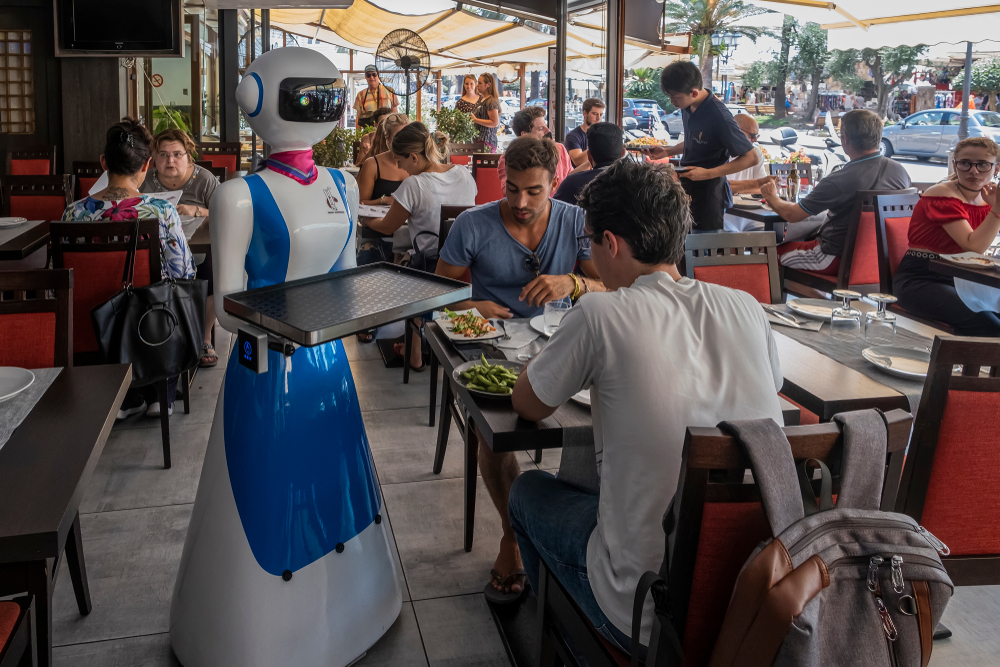Both voice search and voice ordering have recently seen dramatic increases in popularity. And while the uptake of restaurant voice ordering technology has so far been limited to major chains such as Dunkin Donuts, Pizza Hut, and Starbucks, there is no intrinsic reason why smaller, local restaurants should not also benefit from what now appears to be an irreversible trend.
In a highly competitive marketplace the bottom line is that if your customers want it, you need to offer it.
So here are some tips to help business owners get started with restaurant voice ordering.
Restaurant Voice Ordering for Smaller Restaurants
Choose the Right Technology
A custom-designed system will probably be uneconomical for smaller outlets but there are a number of third-party AI platforms making voice ordering technology accessible for restaurants of all sizes.
The key is to choose one which integrates easily both with popular systems such as Alexa and Google Home and your own restaurant POS system. It’s essential that voice orders can be received and processed without friction by your POS system, in exactly the same way as any other online order
You should also ensure that your choice of AI platform uses machine learning to evolve its understanding of your customers’ wants. There is little advantage in a voice-operated “if this, then that” style of chatbot.
Make Sure You Show up Correctly in Voice Search
It seems logical to suppose that customers interested in using voice ordering will also be the ones most likely to use voice search. So if you’re not showing up to the best advantage in voice search you probably won’t get much benefit from voice ordering.
The key to success is to have the content on your website or online listing (e.g. Google, Yelp, TripAdvisor) reflect as closely as possible the conversational style of voice search, and to use the long-tail key phrases, which most of us use naturally when speaking.
Use Voice to Engage With Customers
Voice is not just another ordering option but also a powerful marketing opportunity which smaller restaurants, in particular, cannot afford to ignore
Just as when a customer orders in person at a table, voice ordering should be seen not as a one-way process but an opportunity for engagement and upselling.
While the technology has so far been used mostly to facilitate the reorder of favorite dishes, it is advancing rapidly and should be used in the future to prompt customers to add sides, drinks, etc. to their order, in the same way as human waiting staff.
In a similar way, multi-step voice ordering technology can also be used to motivate customers to visit your website and social media platforms and to market particular promotions and events.
Use the Data
Despite being such a new restaurant technology, voice is already producing large quantities of useful data about customer habits and preferences.
So choose restaurant technology that gives you timely information about your popular and unpopular items, your most profitable dishes and your loss-makers, your peak and slack times.
This data can be crucial in improving both the targeting of your marketing and your customer service.
The type of restaurant you run and the demographic profile of your customers will largely determine how just significant restaurant voice ordering becomes for your business, but there will be very few outlets that can afford to ignore it altogether.
This is a rapidly developing field and the time to start exploring the possibilities is right now.

